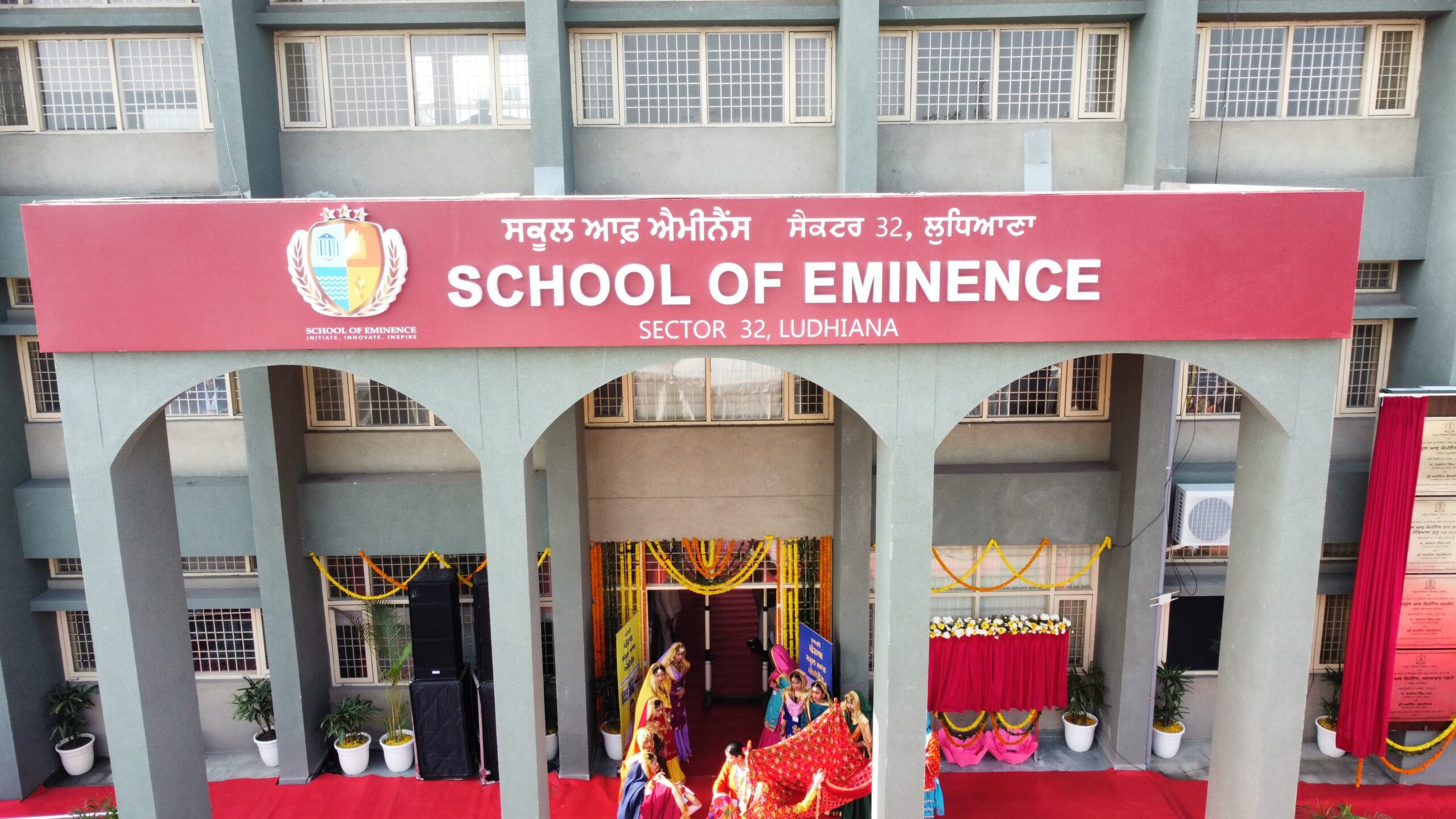As the ਪੰਜਾਬ ਸਰਕਾਰ continues to expand its Schools of Eminence (SOE) initiative, concerns are growing over alleged discrimination between SOE and non-SOE students studying in the same classrooms.
The SOEs, launched by the AAP-led state ਸਰਕਾਰ, aim to offer world-class facilities, including enhanced infrastructure, trained teachers, subsidised transportation, free uniforms, books, and more. However, limited staff availability has resulted in SOE and non-SOE students sharing the same classrooms, leading to discomfort and a sense of inequality among students and staff.
Speaking to The Tribune, a teacher from the SOE at Jawahar Nagar Camp expressed concern:
“Students who clear the SOE entrance test and those who don’t are made to sit in the same class. But only SOE students are given quality uniforms, books, and subsidised bus fares. This sends a wrong message and creates a sense of inequality.”
The entrance test for SOEs was held on April 6, and selected students will enjoy the special benefits associated with the program. Meanwhile, non-SOE students, despite studying in the same environment, are reportedly denied the same facilities.
Dinesh Kumar (name changed), a Class XI non-SOE student at SOE, Model Town, shared his frustration:
“We feel inferior. The bus fare we pay is three times that of SOE students. Our uniforms are of lower quality. We all come from similar backgrounds, then why this preferential treatment?”
Another teacher, on condition of anonymity, said they had received unofficial instructions to avoid fresh admissions to non-SOE classes.
“We are struggling to answer parents who ask us why their children are being treated differently. The Right to Education Act guarantees equal opportunity, yet we are seeing a widening gap in practice,” the teacher said.
Educators are urging the ਸਰਕਾਰ to consider separate campuses or clearer divisions for SOE and non-SOE students to prevent any form of psychological or emotional discrimination.
As the ਸਰਕਾਰ continues to push for educational reforms, these voices from within the system raise crucial questions about equity and inclusivity in public schooling.


